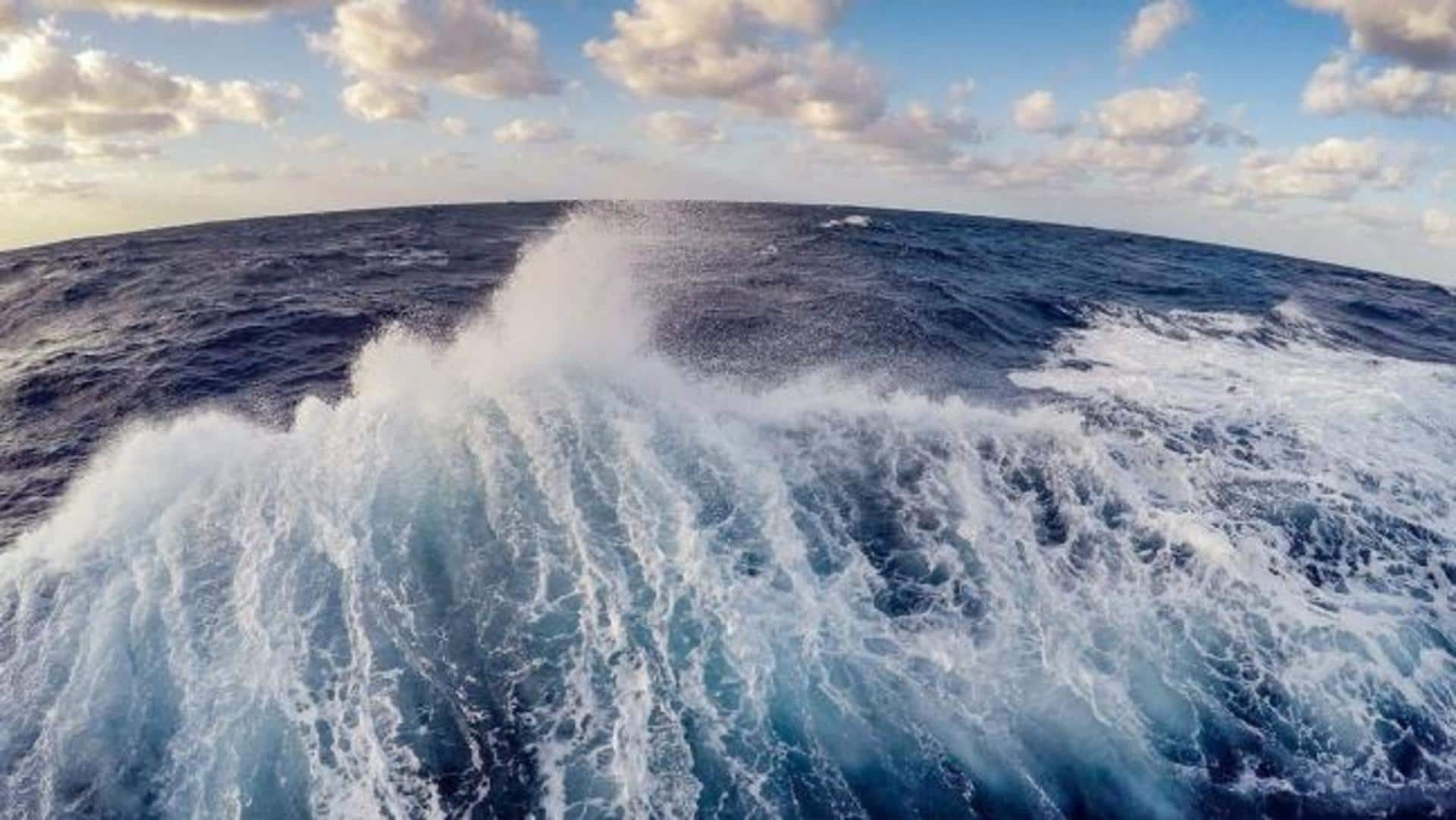
How NASA's 30-year satellite data helped monitor sea level rise
What's the story
Satellite data recorded by NASA's missions, including TOPEX/Poseidon over thirty years, has helped scientists estimate the rise in sea level globally. Observations reveal that the average global sea level shot up by 0.11 inches from 2021 to 2022, which is equivalent to adding water from a million Olympic-size swimming pools to the ocean every day for a year.
Context
Why does this story matter?
Rising sea levels are a serious concern. The consequences of increased sea levels include the higher intensity of storms, flooding, and damage to coastal areas. It also poses a threat to coastal life across the world, and among its worst impacts is the loss of livelihood. In the long run, such satellite measurements could help prepare for potential catastrophic events in the future.
Stats
Average global sea level rose by 3.6 inches from 1993
Since satellite measurements for the TOPEX/Poseidon mission began in 1993, the average global sea level has risen by 3.6 inches, reveals NASA. Researchers estimate the annual rate of sea level rise increased from 0.08 inches per year in 1993 to 0.17 inches per year in 2022. Long-term satellite measurements project that the rise in sea levels will reach 0.26 inches per year by 2050.
Mission
What was the TOPEX/Poseidon mission about?
Talking about TOPEX/Poseidon, it was a collaboration between NASA and CNES (France). Over the course of the mission's duration which lasted thirteen years, it produced the most accurate global maps of tides, provided the first global views of seasonal changes in currents, and monitored the effects of currents on global climate change. Notably, it measured ocean surface topography with an accuracy of 4.2 centimeters.
Followup
Subsequent missions are collecting key data
The measurements of the rise in sea levels, which started with TOPEX/Poseidon, are continued via subsequent missions led by NASA, CNES, ESA, and the U.S. National Oceanic and Atmospheric Administration (NOAA). A recent mission, Sentinel-6/Jason-CS (Continuity of Service), consists of two satellites that will conduct measurements till at least 2030. The first satellite launched in 2020, and the second one will take-off in 2025.
Procedure
How are sea levels measured?
Satellite-based instruments called radar altimeters have helped produce precise measurements of sea levels around the world. The instruments send out pulses of radio waves (microwaves) that bounce off the surface of the ocean and reflect back toward the satellite. The time taken for the signal to travel from a satellite to Earth and back and the strength of the return signal is measured.